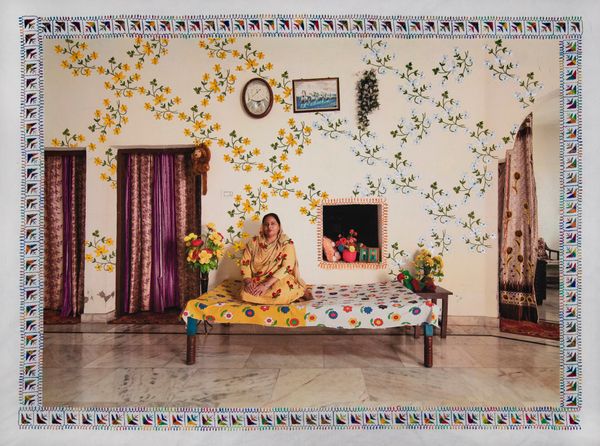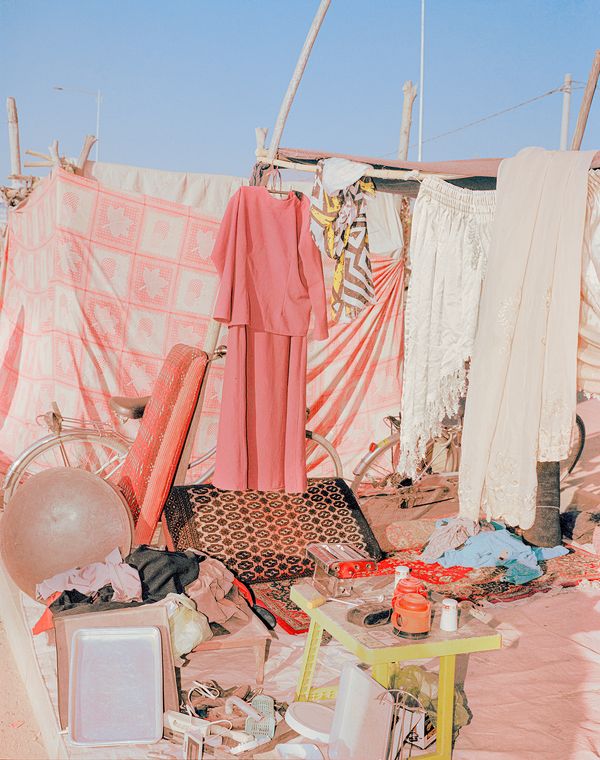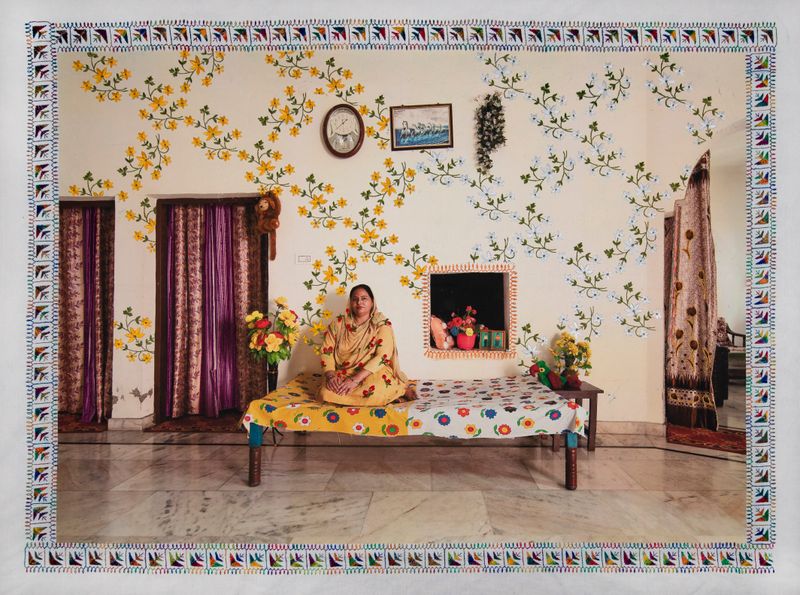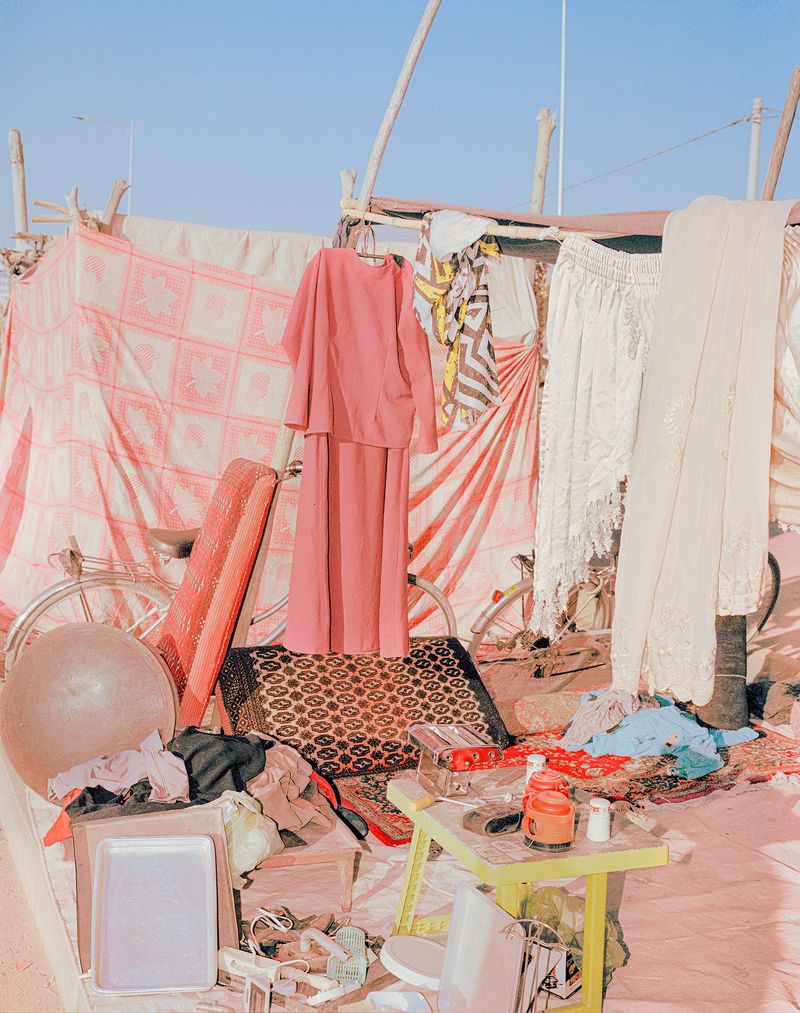SI Fest 2025
-
Opens12 Sep 2025
-
Ends28 Sep 2025
-
Link
- Location Savignano sul Rubicone, Italy
SI Fest returns to Savignano sul Rubicone, Italy, with its 34th edition holding together visual research, cultural reflection and public involvement.
Overview
The event is a project of the Savignano Immagini association, promoted by the Municipality of Savignano sul Rubicone, with the artistic direction entrusted to a scientific committee composed of Manila Camarini, Francesca Fabiani, Jana Liskova, and Mario Beltrambini.
With this year's theme, Visual Geographies, the festival brings photography that chronicles the fractures of the present-from conflicts to environmental crises-through the eyes of major international authors.
In an era marked by environmental fractures, geopolitical tensions, forced migration and changing identities, Visual Geographies was born as an invitation to rethink the way we inhabit the world not only in physical space, but also in the places of memory, perception, and imagination. The theme chosen for 2025 aims to map the visible and invisible territories of contemporary experience through photographic languages that explore the natural, urban and interior landscape. Photography thus becomes a tool for deciphering what changes, for recognizing what persists, for shaping what still has no name.
Through Visual Geographies, SI Fest continues its work of cultural inquiry into the present, gathering and interweaving gazes from different places, histories, and sensibilities at a historical moment that demands listening, complexity, and imagination.
Among the exhibited artists are Hashem Shakeri, who documents life in Afghanistan after the return of the Taliban, and Michael Christopher Brown, who uses artificial intelligence to reflect on the future of agriculture and the human-nature relationship. Ragnar Axelsson, in contrast, offers a stark testimony of the melting ice in the Arctic, while Spandita Malik transforms resistance into a political and bodily act, empowering female survivors of violence to become the authors of their own representation. Evgenia Arbugaeva portrays the Siberian Arctic with a dreamlike style, inviting viewers to preserve the fragile beauty of nature, and finally, Lorenzo Urciullo (Colapesce) explores themes of solitude and transit through intimate shots of empty spaces.
Alongside the projects already mentioned, the exhibition itinerary includes a selection of exhibitions that explore key themes of the present. German Barbara Diener delves into the desire for belonging and spirituality in rural communities between Europe and the United States. Iranian Khashayar Javanmardi documents the ecological agony of the Caspian Sea, a landlocked lake threatened by political inaction. Italian Roselena Ramistella, through a journey by mule through the mountain trails of Sicily, restores an authentic portrait of contemporary rural life. Franco-Palestinian Taysir Batniji investigates the sense of loss and exile through the house keys of those who had to leave Gaza. The group exhibition Beyond The Threshold, on the occasion of the 80th anniversary of the Cocif cooperative, weaves archives and contemporary images in an unprecedented project signed by Mario Cresci.
Rounding out the program are works by Federico Estol, Aleks Ucaj, and Fabio Domenicali, a choral account of the flood in Romagna, workshops with schools, and two important tributes to Marco Pesaresi: one dedicated to his connection with the city of Bellaria Igea Marina, while the other – which will take place in Rimini – is inspired by Pier Vittorio Tondelli's book Rimini and is conceived as a dialogue between his text and Marco's photographs.
Around this curatorial core will be developed an articulated program that will involve the entire city of Savignano sul Rubicone with meetings, portfolio readings, awards, guided tours, educational activities, and participatory projects.





